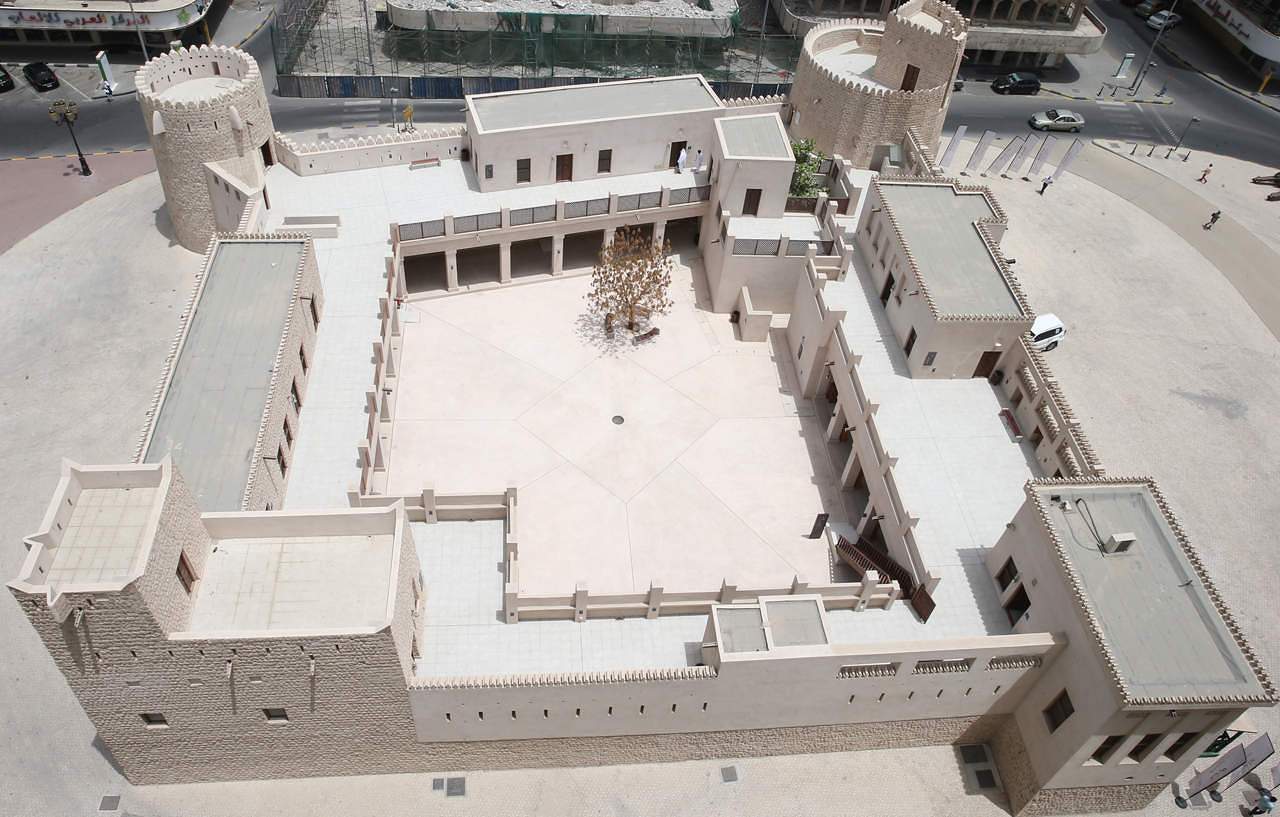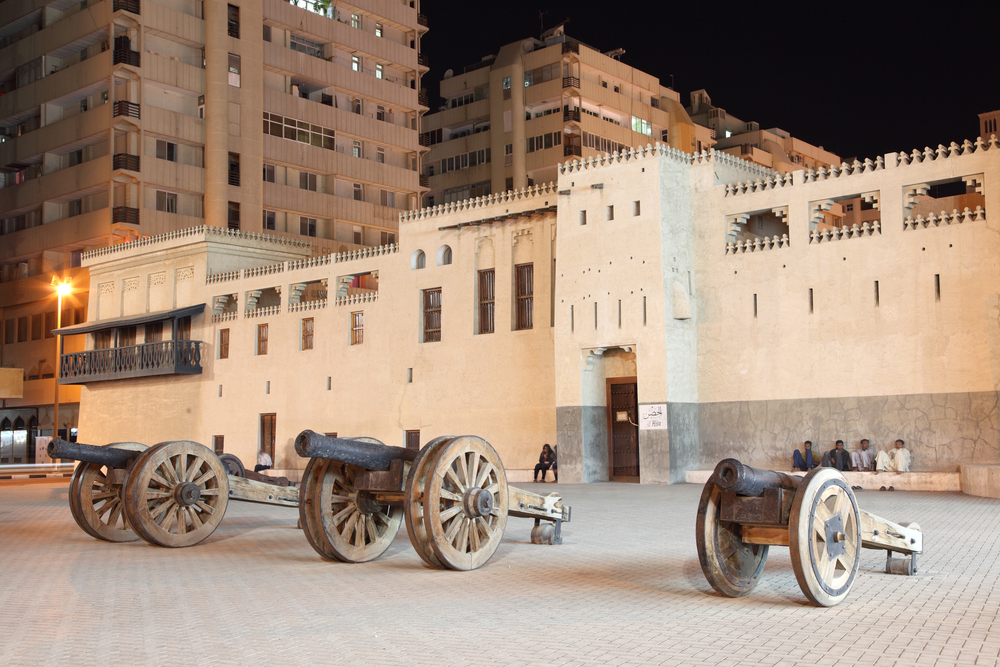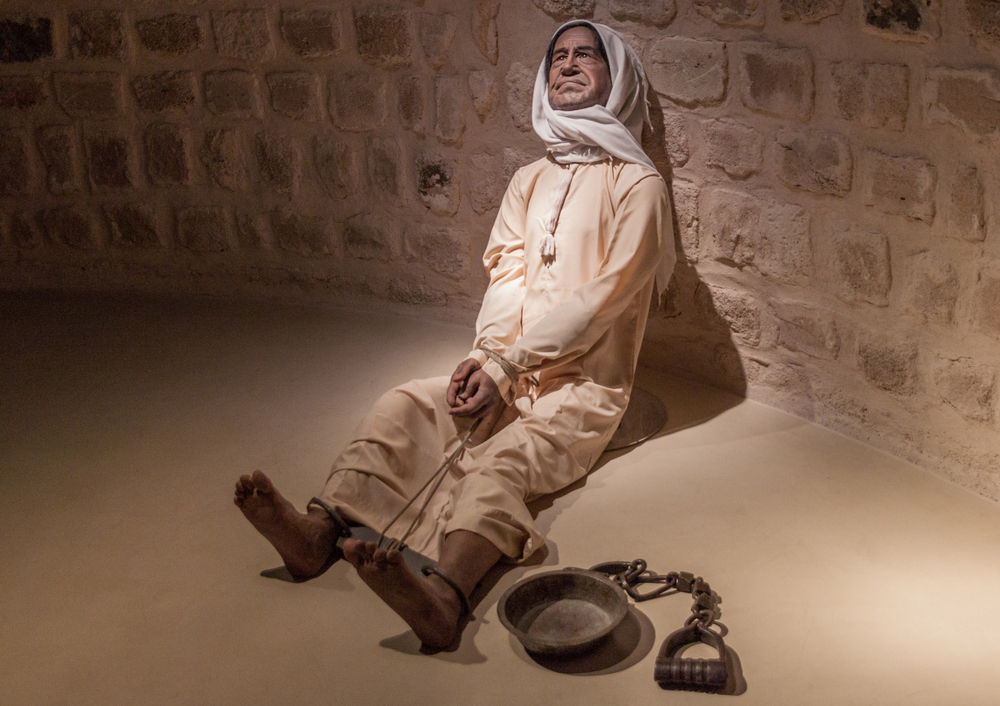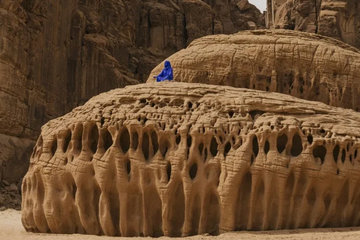
Sharjah Fort is the emirate’s most important historic building, which opened as a museum in 1997. After being restored to its original appearance, the majestic fort – known as Al Hisn – offers the public a unique opportunity to experience the history that has shaped Sharjah and its people.

Visitors can learn about the history of the emirate, the ruling family and the fort, which was built in 1823 by Sheikh Sultan bin Saqr I. Since it was built for defensive purposes in order to protect the city and its inhabitants, it’s also interesting to learn about the defense methods used.

A trip to the deep-rooted edifice, which was built with coral stones collected from the deep sea waters of the Arabian Gulf, also offers an insight into Sharjah’s everyday life 200 years ago. With exciting interactive features, audio-visuals, reconstructions and stories, a visit takes visitors on an engaging journey through two centuries of history.

Al Muhalwasa
Some of the highlights from Sharjah’s most significant heritage site include:
- The Qawasim gallery tells you about the origins of the ruling Qasimi family and you can appreciate treasures like an original Qur'an holder dating back to the mid-1860s.
- Visitors can step inside the original Arrest Room, where prisoners were held pending trial, and the circular, coral stone prison cell (Al Muhalwasa).
- The Armoury, accessed through the original solid teak door, and the Weapons gallery containing a selection from the Al Hisn armaments collection, including historic firearms, ammunition and traditional edged weapons, such as swords and daggers, is another must-see.
Sharjah Fort contains a number of iconic collections that present the history of the fort. Visitors can explore 12 exciting galleries, rich in information gathered by Sharjah Museums Department teams during five years of painstaking research.

















